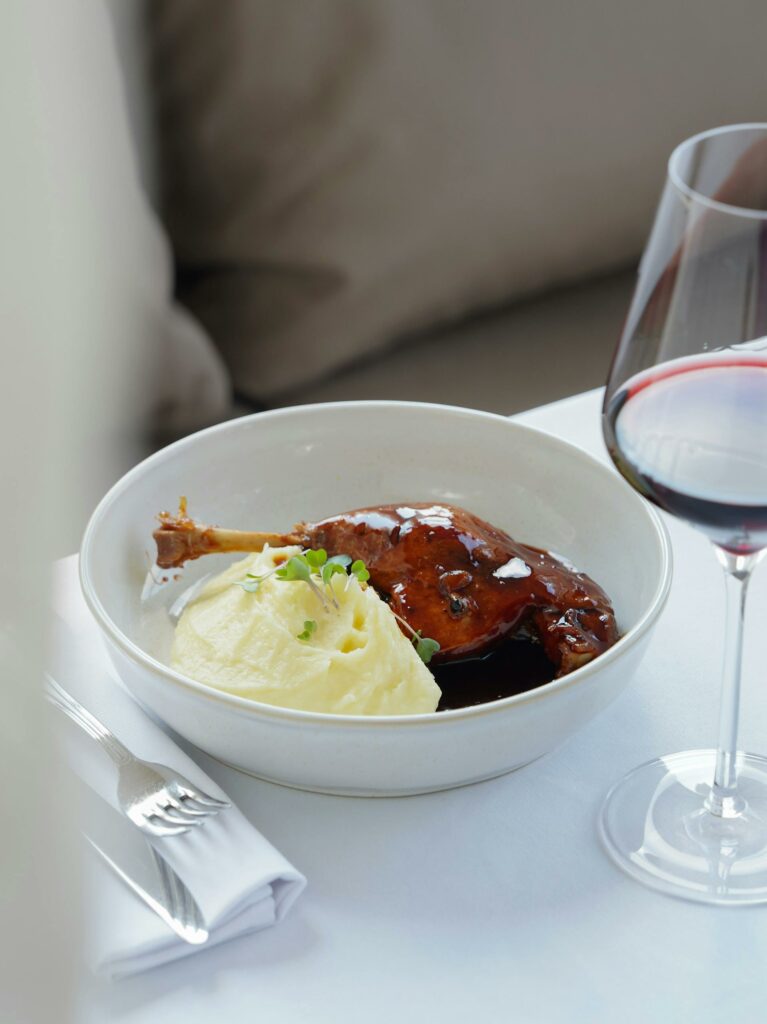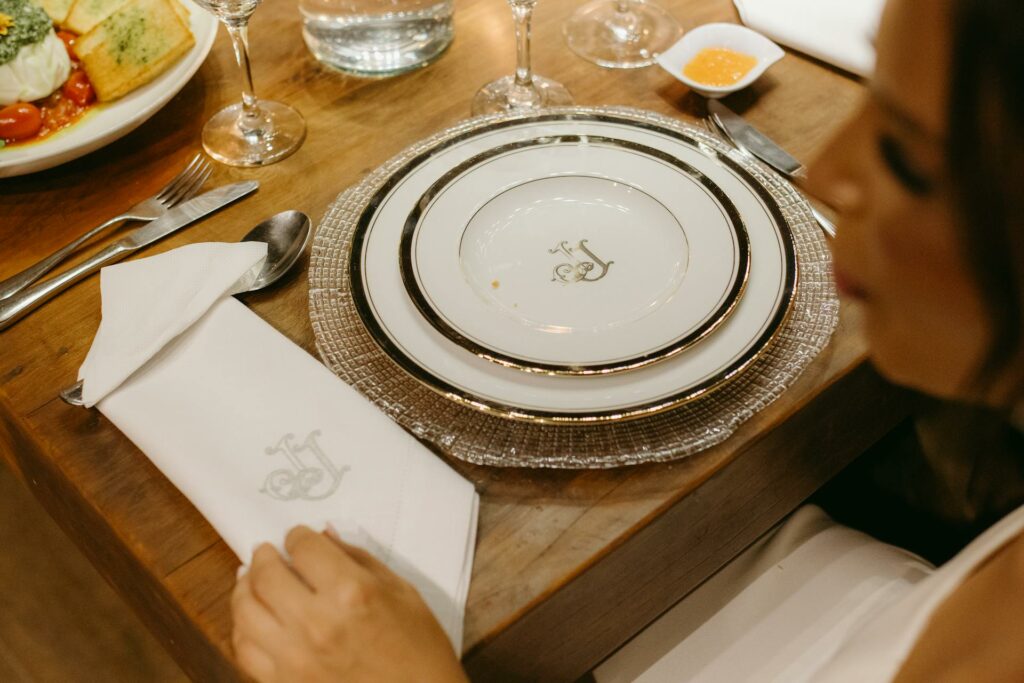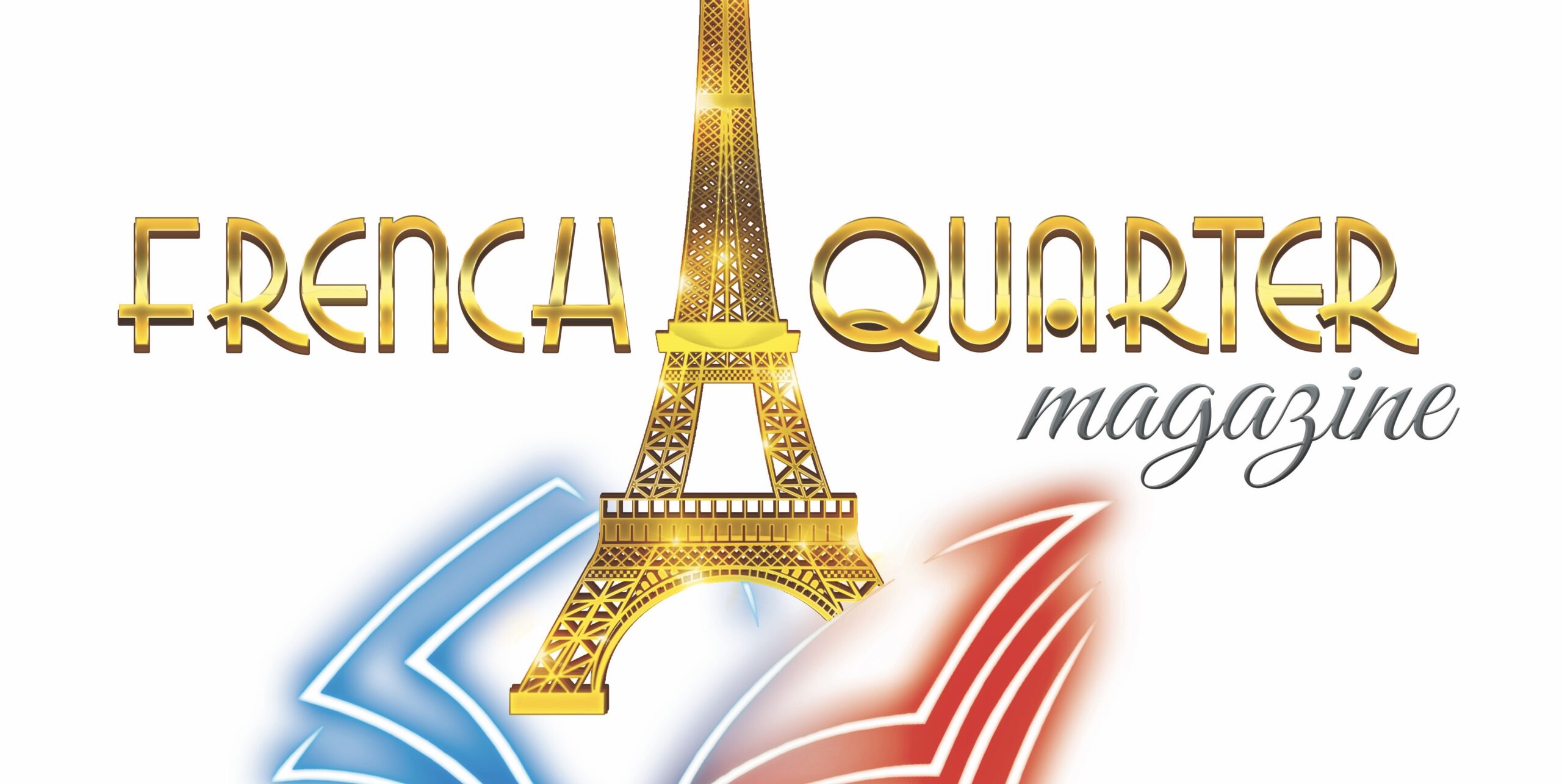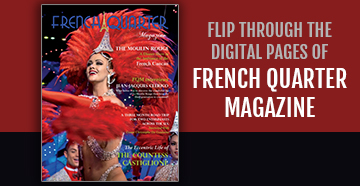The Art of the French Table: Where Heritage Meets Hospitality
In France, dining is never just about food. It’s an orchestrated ritual, a performance of taste, tradition, and togetherness that transcends the plate and spills into the very fabric of daily life. The French table—la table française—is where heritage meets hospitality, where centuries-old customs mingle with contemporary style to create moments to cherish.
The ritual begins long before the first bite. Setting the table in a French home is an art form, a deliberate act of hospitality and care. It is not simply placing plates and cutlery, but crafting an environment that invites conversation and celebration. From the choice of linens to the arrangement of flowers, every detail is chosen with an eye toward balance and beauty.
One cannot speak of the French table without mentioning the porcelain that has long been its crown jewel. Limoges, with its storied history dating back to the 18th century, continues to embody refinement and durability. These delicate yet resilient plates, adorned with subtle floral patterns or classic blue-and-white motifs, have graced countless family meals, weddings, and festive occasions. But the tableware tells only part of the story.
Cutlery, often overlooked, is a key player. French silverware carries with it centuries of craftsmanship, a blend of utility and elegance. In many homes, heirloom flatware passes from generation to generation, each piece imbued with memories and stories. The gentle clink of a fork against a crystal glass signals the start of conviviality, a call to slow down and savor.
Of course, the French table is inseparable from the food it bears. Meals are structured affairs, typically unfolding over several courses, each with its own pace and purpose. From the crisp bite of a freshly baked baguette to the silky finish of a rich cheese, every ingredient is respected and presented with care. The table acts as a stage where regional specialties shine—whether it’s a Provencal ratatouille, a Burgundy coq au vin, or a delicate Normandy tart.

Photo by Nadin Sh: https://www.pexels.com/photo/a-meal-with-duck-and-mashed-potato-and-a-glass-of-red-wine-17391580/
Equally important is the social choreography of the meal. The French cherish long lunches and dinners that linger, where conversation flows as freely as the wine. It’s common to see multiple generations gathered, sharing not only food but laughter, news, and stories. This sense of togetherness is, in many ways, the heart of the art.
Yet, as with many traditions, the French table is evolving. Today’s hosts blend the old with the new—mixing vintage heirlooms with contemporary ceramics, incorporating global influences while honoring local terroir. The modern French dining experience is as much about experimentation as it is about preservation.

Designers and artisans are responding to this shift, creating tableware that is both timeless and fresh. Hand-thrown earthenware bowls with imperfect glazes sit alongside sleek crystal stemware; rustic linen napkins are paired with polished stainless-steel cutlery. The result is a table that feels personal and authentic—a reflection of the host’s unique story.
Ultimately, the art of the French table is a reminder that dining is more than sustenance. It is an act of love and hospitality, an invitation to share time, taste, and tradition. It teaches us to slow down, to appreciate the craftsmanship behind each object and ingredient, and to honor the people gathered around us.
For those seeking to bring a touch of this artistry into their own homes, the journey begins with intention. Choose pieces that speak to you, cherish the stories behind them, and above all, remember that the most beautiful table is one filled with warmth and conversation.
Header Photo Credit: Jonathan Borba https://www.pexels.com/photo/a-woman-is-sitting-at-a-table-with-plates-and-silverware-28059319/





















Fantastic read! This article does an excellent job of breaking down what smart homes are and how they’re transforming modern…